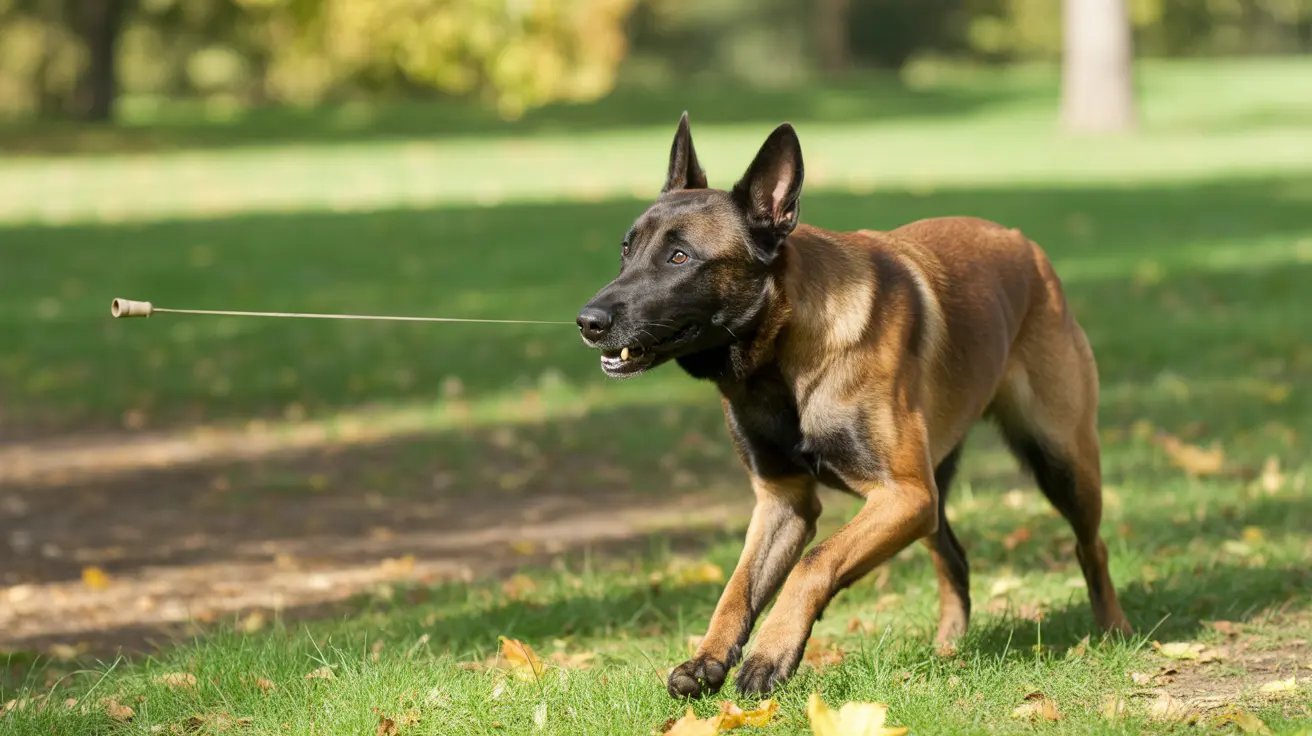Introduction
Dog whistle frequency represents a fascinating intersection of canine biology and training technology. These specialized tools, operating at frequencies between 23,000 and 54,000 Hz, tap into dogs' remarkable hearing capabilities while remaining virtually silent to human ears. For pet owners and professional trainers alike, understanding how these frequencies work can revolutionize their approach to dog training.
In this comprehensive guide, we'll explore the science behind dog whistle frequencies, their practical applications, and how to effectively incorporate them into your training routine. Whether you're a first-time pet owner or an experienced trainer, this knowledge will help you maximize the potential of this versatile training tool.
The Science Behind Dog Whistle Frequencies
Dog whistles operate in the ultrasonic range, producing sound waves that typically fall between 23,000 and 54,000 Hz. While humans can only hear frequencies up to about 20,000 Hz, dogs can detect sounds reaching as high as 65,000 Hz or even higher. This extraordinary hearing range is a result of evolutionary adaptations that helped their ancestors detect prey and potential threats.
The effectiveness of these frequencies lies in their precision and consistency. Unlike human voice commands, which can vary in tone and intensity, dog whistle frequencies remain constant, providing clear, unambiguous signals to your canine companion.
Choosing the Right Frequency for Your Dog
Different dogs respond to different frequencies based on factors such as breed, age, and individual hearing sensitivity. Many modern dog whistles feature adjustable frequencies, allowing owners to find the perfect pitch for their pets. Some key considerations include:
- Your dog's age and hearing health
- Breed-specific hearing characteristics
- Environmental factors where training will occur
- The specific training goals you want to achieve
Training Applications and Techniques
Successfully implementing dog whistle training requires a systematic approach. Begin in quiet environments where your dog can focus on the new sound. Use consistent whistle patterns for specific commands, such as one short blast for "sit" or two for "come." Always pair whistle commands with positive reinforcement to build strong associations.
Professional trainers often use whistles for:
- Long-distance recall training
- Agility course direction
- Hunting dog commands
- Search and rescue operations
- Group training scenarios
Benefits and Limitations
Dog whistles offer several distinct advantages, including their ability to carry over long distances and maintain consistency across different handlers. They're particularly useful in noisy environments where voice commands might be difficult to hear. However, they're not a magic solution and require dedicated training time to be effective.
Like any training tool, success depends on proper use and consistent practice. Regular training sessions, coupled with positive reinforcement, are essential for developing reliable responses to whistle commands.
Frequently Asked Questions
What frequency range do dog whistles typically emit, and why is this important for training?
Dog whistles typically emit frequencies between 23,000 and 54,000 Hz. This range is important because it's well within dogs' hearing capabilities while being inaudible to humans, allowing for discrete training without disturbing others.
How do adjustable-frequency dog whistles improve training effectiveness for different dog breeds?
Adjustable whistles allow trainers to find the optimal frequency for each individual dog, accounting for breed-specific hearing sensitivities and age-related hearing changes. This customization helps ensure maximum responsiveness during training.
Can humans hear any sounds produced by dog whistles, and are these whistles safe for dogs' hearing?
Most humans can't hear true ultrasonic dog whistles, though some may detect a faint hiss from lower-frequency models. When used properly, dog whistles are completely safe for canine hearing, as they're designed to operate within dogs' natural hearing range.
How can I properly train my dog to respond reliably to a dog whistle?
Start training in a quiet environment, establish clear associations between specific whistle patterns and commands, and consistently use positive reinforcement. Gradually increase distractions and distance as your dog's response becomes more reliable.
Are dog whistles more effective than voice commands for long-distance recall or obedience training?
Dog whistles can be more effective for long-distance training because their sound carries farther than the human voice and maintains consistent tone and intensity. However, they work best when used in combination with voice commands and proper positive reinforcement training.
Conclusion
Understanding dog whistle frequency is crucial for anyone looking to incorporate this tool into their training routine. While these devices require patience and consistent training to be effective, their unique properties make them valuable assets in any dog trainer's toolkit. Remember that success lies not in the tool itself, but in how well you use it to communicate with and reinforce your dog's desired behaviors.






